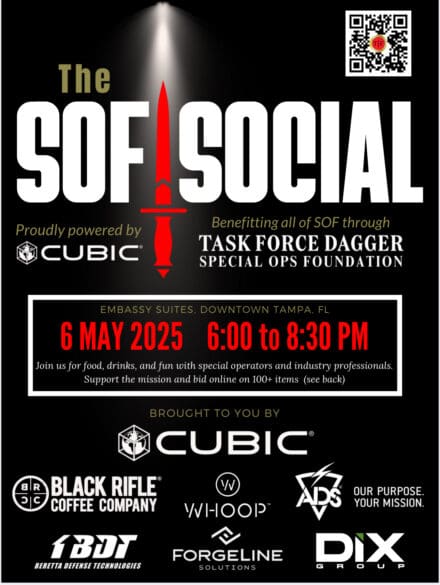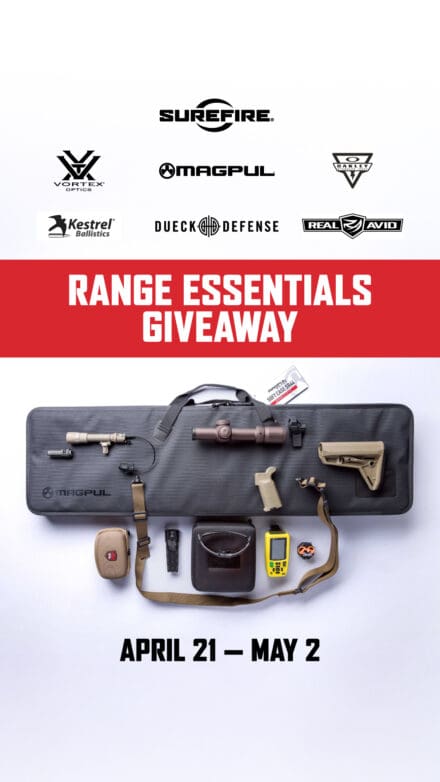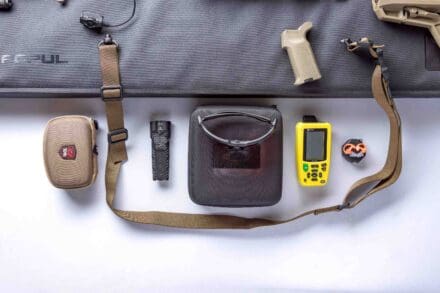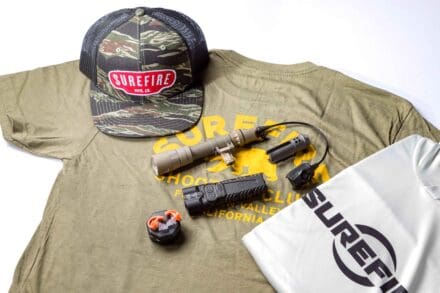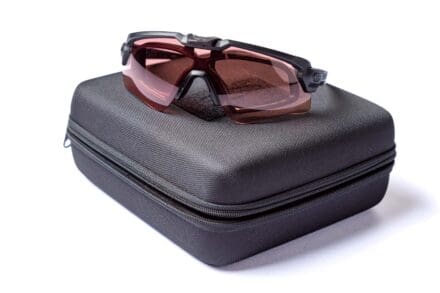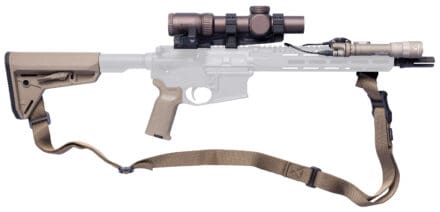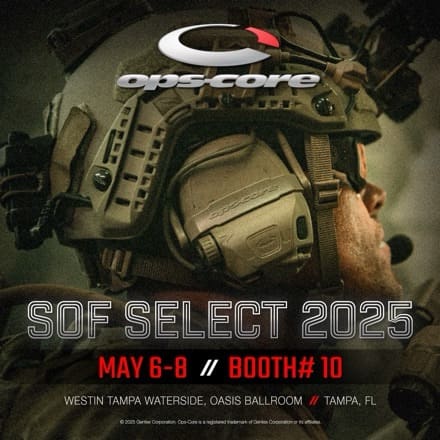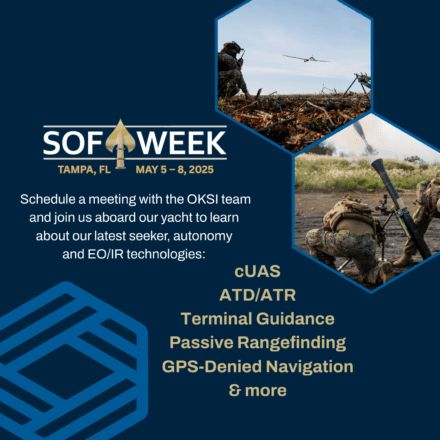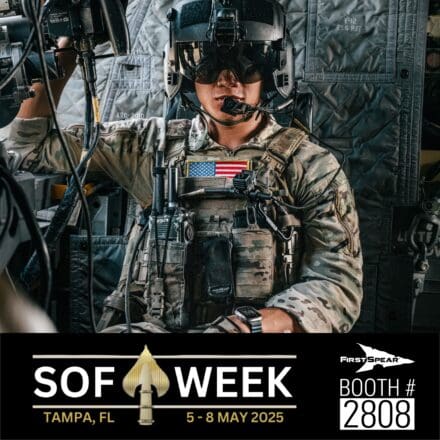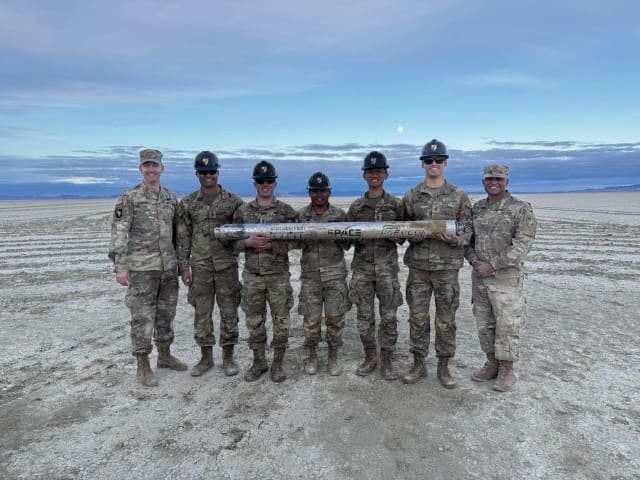
WEST POINT, N.Y. — On Jan. 11, 2025, a team of eight cadets and their advisors prepared their equipment on a cold morning in the remote desert of Black Rock Playa, Nevada. The team was about to face a challenge that would test both their engineering skills and their resilience: to break the Karman Line, the boundary of space, 100 kilometers above Earth. But this was not just a mission to reach space; it was a journey of innovation and determination – built on the teamwork of six years of cadets designing, testing, failing, and succeeding to do something that few people have ever accomplished. It was a test of what they had been taught, their ability to adapt, and the courage to push past their limits. In alignment with the Academy’s annual intellectual theme, “The Human and the Machine: Leadership on the Emerging Battlefield”, this mission highlighted the powerful intersection of human determination and technological advancement.

That day, the SPEAR Hypersonic Rocket Team successfully launched a two-stage hypersonic rocket to an astonishing 149.556 km—surpassing the amateur rocketry altitude record by 6 km and the Karman Line (100 km), the internationally recognized boundary of space!
The day before the launch, the team huddled together, surrounded by planning documents and scattered components, making last minute decisions that would shape the outcome. At the heart of their strategy was simplicity – every decision driven by efficiency. That mindset paid off.
The next morning, as the countdown reached zero, the rocket ignited. The team watched in tense anticipation as it soared through the atmosphere. Every calculation, every design choice led to this very moment. As the vehicle soared beyond the Karman Line, the mission’s success depended on one final challenge – recovery.
Hiking through the rocky terrain, the team could hear the crunch of the desert crust beneath their boots as they trudged up the mountain in search of the rocket. The air was cold, their bodies were tired, and the uncertainty of the outcome loomed.
“We had a track on the rocket during flight, but we didn’t know the condition of the system after descent. It was unclear whether we would be able to recover anything”, Major Kevin Zander, Advisor and Instructor, Department of Civil and Mechanical Engineering recalled. The team pushed deeper into the mountains following a GPS signal, ascending 1,500 feet to reach over 6,000 feet in total altitude.
As the team surveyed the landscape, a glint of sunlight reflected off metal caught their eyes – Cadet Barrett Connor (‘25) spotted the payload amidst the rocks. The moment was surreal.
“We didn’t want this to be a case where the telemetry data says we made it, but there’s no physical evidence”, Cadet Ida McLaughlin (‘25) explained. “Now we can hold in our hands a part of the vehicle that actually touched space”.
After six years of development and perseverance, the team has set new records by crossing the Karman Line with precision and confidence.
Colonel Aaron Hill, Deputy Head, Department of Civil and Mechanical Engineering, reflected “It would be an understatement to say I’m proud of this team! This successful launch upholds the long legacy of excellence at West Point and proves that our graduates are prepared to design and implement solutions in complex environments as trusted Army professionals.”
The success of their mission was a validation of the decisions made over years of planning, testing, and refining. Every step, every choice, led them to this moment.
The team returned to Black Rock Playa in April to launch again, testing new capabilities, and laying the groundwork to guide the 2026 team to even more success. SPEAR Hypersonic Rocket Team continued to push the boundaries of what is possible, ensuring that West Point cadets remain at the forefront of innovation and leadership.
Born from a cadet-driven initiative in 2018, the Space Engineering and Applied Research program found early support from mentors within the Department of Physics and Nuclear Engineering, the United States Army Space and Missile Defense Command, and the Department of Civil and Mechanical Engineering. The SPEAR Hypersonic Rocket Team is now one of the most ambitious undergraduate rocketry programs in the Nation and a critical part of the Space Community of Practice at West Point that is developing Army officers who are capable of leading in emerging space operations, hypersonics, and cutting-edge rocket technology.
This historic launch would not have been possible without the support of many dedicated individuals and organizations. A special thank you to DEVCOM AvMC, the Office of Naval Research, Pyramid Lake Fire Department, Bureau of Land Management Black Rock Field Office, Gerlach Community, and FAA Western Service Area. Their guidance, support, and resources played a crucial role in making this mission a success!
SPEAR Hypersonic Rocket Team is administered by the Center for Applied Research in the Department of Civil and Mechanical Engineering, with contributions across West Point including the Departments of Systems Engineering, Physics and Nuclear Engineering, Chemistry and Life Sciences, and Electrical Engineering and Computer Science.
This project is part of West Point’s 26th annual Projects Day Research Symposium that showcases more than 350 cadet-led research projects. Learn more about the Department of Civil and Mechanical Engineering at bit.ly/WP_CME and check out more project features at www.westpoint.edu/werx
By Jana Scardigno Marketing Specialist, Department of Civil and Mechanical Engineering
